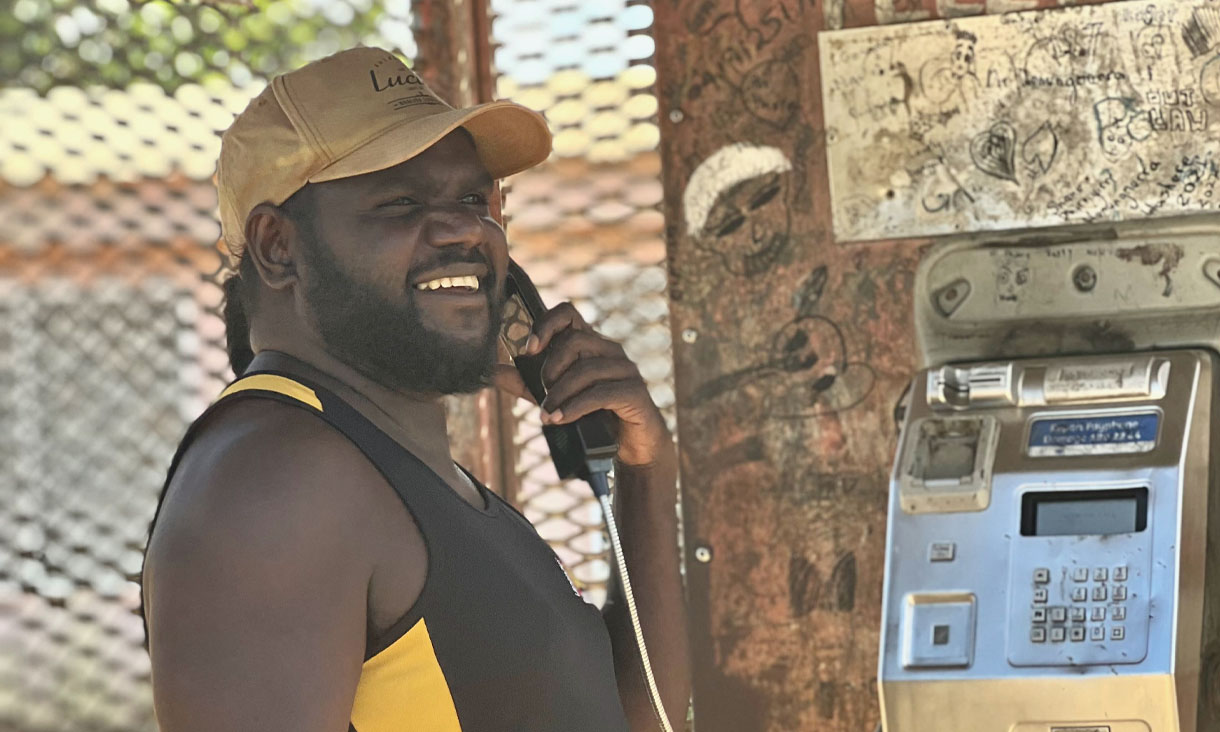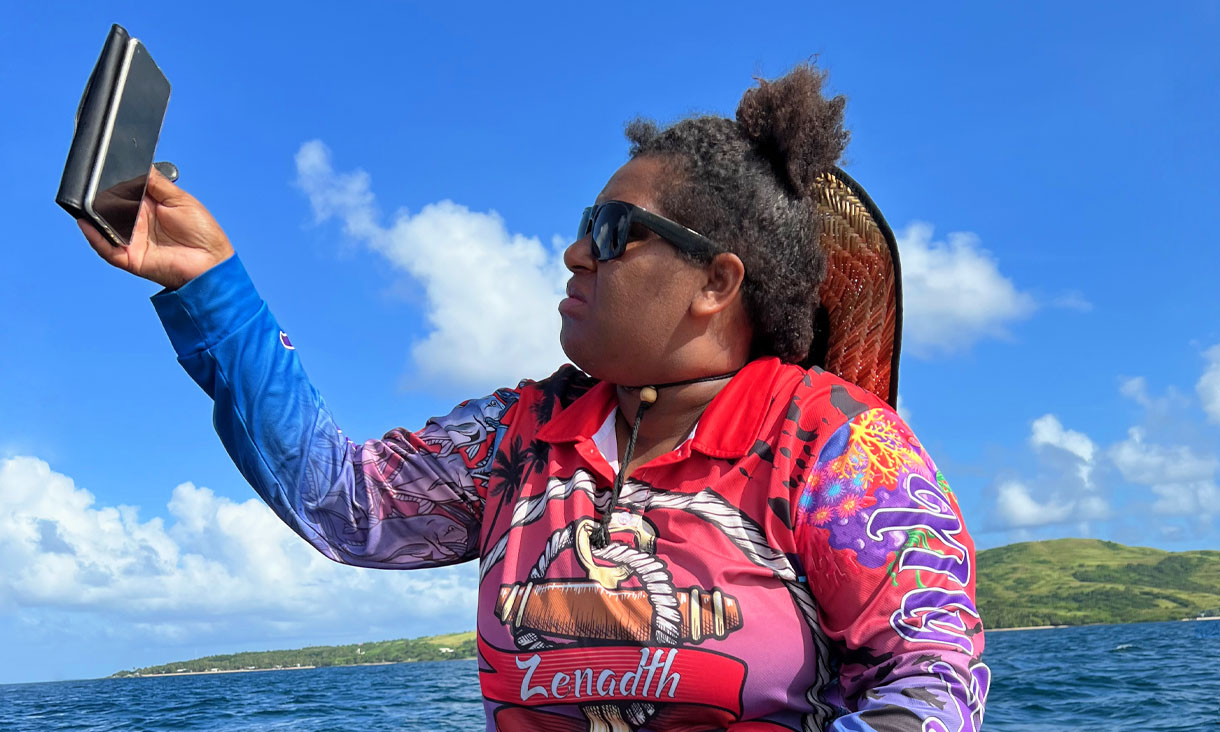Report Highlights Digital Exclusion Among Remote First Nations Communities in Australia
RMIT-led research has found a significant gap in digital inclusion for First Nations people compared with other Australians, which widens substantially with remoteness.
About 43% of the 1,545 First Nations communities and homelands across Australia have no mobile service – including some with only a shared public phone or no telecommunications access – highlighting a need for action to close the digital gap.
The “Mapping the Digital Gap” 2023 Outcomes Report released today addresses the previous lack of data on the nature and scale of the digital gap for First Nations people.
The project supplements the Australian Digital Inclusion Index (ADII) to enable comparative results against national data.
Under ADII modelling, 45.9% of remote First Nations research participants are highly excluded, compared to 9.4% percent of the Australian population, illustrating the considerable disparities.
Nationally, the gap in digital access between First Nations people and other Australians is 7.5 points out of 100.
But the gap widens significantly to 24.5 points for remote First Nations people and 25.4 points for those living in very remote communities.
Lead investigator and Senior Research Fellow, Dr Daniel Featherstone, said with government and other services increasingly moving online, it’s crucial that all Australians can effectively access and use digital technologies.
“Everyone should have the opportunity to benefit from digital technologies,” he said.
“We use these technologies to access essential services for health, welfare, finance and education, participate in social and cultural activities, follow news and media, as well as connect with family, friends, and the wider world.”
“Improving digital inclusion and access to services is critically important to ensure informed decision-making and agency among Aboriginal and Torres Strait Islander people.”
 Gangan co-researcher Djamika Ganambarr uses the public phone which is the primary means of phone communication for most Gangan residents.
Gangan co-researcher Djamika Ganambarr uses the public phone which is the primary means of phone communication for most Gangan residents.This report marks the first time the digital gap for First Nations people has been measured nationally by remoteness categories – from major cities to outer regional, remote and very remote – across various demographic indicators.
The study found accessing digital technologies was most challenging in remote communities due to limited communications infrastructure, low household access and patchy, congested mobile services.
With residents in remote communities typically on low incomes, 84% of these respondents in the study used or shared a mobile device, and 94% of these used pre-paid services.
The high cost of pre-paid data and low household uptake of fixed broadband also led to significant affordability issues.
“While pre-paid services allow people more control over mobile costs, they typically cost more per gigabyte,” said Featherstone.
“This often leads to data rationing and periods without service. These affordability constraints have a significant impact on access.”
53.3% of First Nations people surveyed in the study said they had sacrificed paying for essentials such as food or bills to stay connected, compared to 19.1% of other Australians.
Featherstone said these compounding factors of access and affordability end up impacting the ability of First Nations people in remote communities to use online services, mobile apps and stay safe online.
Factors such as older age, disability, language barriers, low educational attainment and income can further impact their digital ability.
 Co-researcher Lala Gutchen raising her phone for internet reception while taking the team out fishing.
Co-researcher Lala Gutchen raising her phone for internet reception while taking the team out fishing.The research team are working across 12 remote First Nations communities over four years to understand the scale and nature of the digital gap.
Co-investigator and Principal Research Fellow, Dr Lyndon Ormond-Parker (Alyawarr), said the project was enabling the team to track Target 17 of the National Partnership Agreement on Closing the Gap.
Target 17 refers to Aboriginal and Torres Strait Islander people having equal levels of digital inclusion by 2026.
“Having First Nations leadership and perspectives in the research is critical in supporting appropriate community-led solutions,” said Ormond-Parker.
Next steps
Mapping the Digital Gap is funded by Telstra and the Australian Research Council Centre of Excellence for Automated Decision-Making and Society.
The research team have actively contributed to policy and program reviews, including participation on the First Nations Digital Inclusion Advisory Group to Communications Minister Hon. Michelle Rowland MP. Dr Lyndon Ormond-Parker is Deputy Chair of the Advisory Group, with Dr Daniel Featherstone on the Expert Panel supporting the group.
Further research is scheduled for this year and next, including updated community reports and contributions to the Australian Digital Inclusion Index dashboard and reporting.
“Through these initiatives, we hope to contribute to closing the digital gap and helping foster agency and self-determination across Australia’s remote First Nations communities,” said Featherstone.

